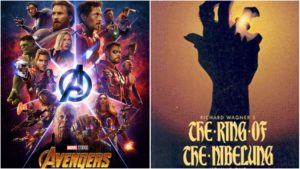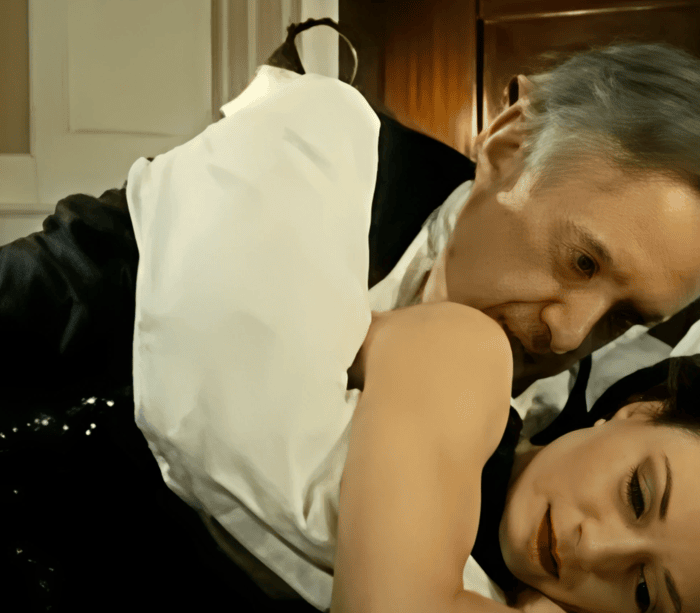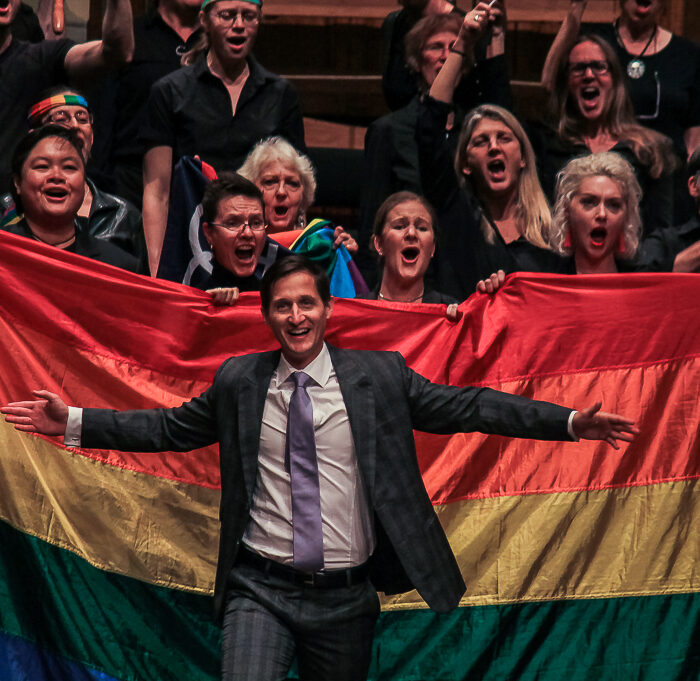
Opera Meets Film: Finding Similarities In The Marvel Cinematic Universe & Wagner’s Ring
By David Salazar“Opera Meets Film” is a feature dedicated to exploring the way that opera has been employed in cinema. We will select a section or a film in its entirety, highlighting the impact that utilizing the operatic form or sections from an opera can alter our perception of a film that we are viewing. This week’s installment will take a look at the Marvel Cinematic Universe.
It’s the summer season, which means that we are seeing a ton of major Hollywood blockbusters. A month ago, the world got a chance to see “Avengers: Infinity Wars,” the latest installment in Marvel’s epic cinematic universe.
To call the “Avengers” movies operatic is the ultimate understatement. As noted in our piece on “Mad Max: Fury Road,” the action movie is essentially operatic in nature with larger-than-life characters exploring equally titanic emotions and potent themes of good and evil, among many other things. The “Avengers” films might be the pop culture apex of operatic film, each movie seemingly upping the ante and seeking out a bigger stage on which to explore its emotions.
Wagner & Marvel
In some ways, the Marvel Cinematic Universe is the cinematic equivalent of opera’s magnus opus – Wagner’s “Der Ring des Nibelungen.” Now let’s get something clear – this won’t be an article about some villain trying to get an all-power piece of jewelry. We could go there, but it doesn’t add much to the more insightful connections between these universes. Where Wagner sought to tell a massive story of a massive universe across four operas, the MCU has done that, to this point, across 17 movies (though in one year, that total will equal 20 films). What is more interesting is the connections that these stories show to one another in the context of Wagner’s “Ring.”
One notable feature in Wagner’s “Ring” is how the narrative is repeated time and again. While some might feel it pads the story, what it also does that makes it unique is that we see different characters relate the narrative. Wotan tells us the story of “Das Rheingold” and beyond in “Die Walküre,” for example, and other characters fill in other gaps throughout the following episodes of the saga, including the Norns, Mime, the Wanderer, and Waltraute, among others. More than reminding the audience of what happened before, it allows audiences to get a different perspective on the same story, allowing for a richer storytelling experience with new insights.
Now let’s turn to the MCU, where the movies continually backtrack to major events that have taken place. The big battle of New York in “The Avengers” is constantly brought up again in other films, including “Spider-Man: Homecoming,” “The Avengers: Age of Ultron,” and “Captain America: Civil War,” among others. Each time we hear of the stories we see a new insight on its impact. In “Spider-Man” we see how the battle left some construction workers out of business and transformed them into arms dealers. In “Civil War” we see how the government reacts to the battle of New York and following the battle of Sokovia to attempt new directions on its policy toward superheroes.
It all adds layers to the storytelling, maximizing the ability to interact with the characters in the saga, much the way we experience Wagner’s own operatic universe in the “Ring,” (and even beyond if we look at the connections between “Lohengrin” and “Parsifal” or even sister operas like “Parsifal” and “Tristan und Isolde” with their inter-related philosophies).
First of their Kind
One final note. Wagner’s “Ring” and his oeuvre at large was the first of its kind. While other great composers found thematic connections between their works (Mozart added a cheeky reminder of “Nozze” in “Don Giovanni” and Verdi’s “Falstaff” made joking references to his other work), none made the leap to such a potent level as the master of Bayreuth. His leitmotifs (a subject of a previous installment here) themselves weave in and out of operas, even when the relationships seem tenuous. For example, at the apex of Isolde’s “Liebestod,” we hear a brief moment from Wotan’s “Abschied” from “Die Walküre” and “Die Meistersinger” brings forth a brief quote from “Tristan.”
The same goes for the MCU. While sequels have been in order for ages throughout the history of cinema (and the “Star Wars” universe was expanded by differing media), no company had attempted to interconnect films in the parallel manner that Marvel has. And while the quality may vary and many will never hold them up in cinematic terms the way Wagner’s works are held up in operatic terms, there is no denying the magnitude and importance of the experiment to the potential of how stories can be told in cinematic form.


